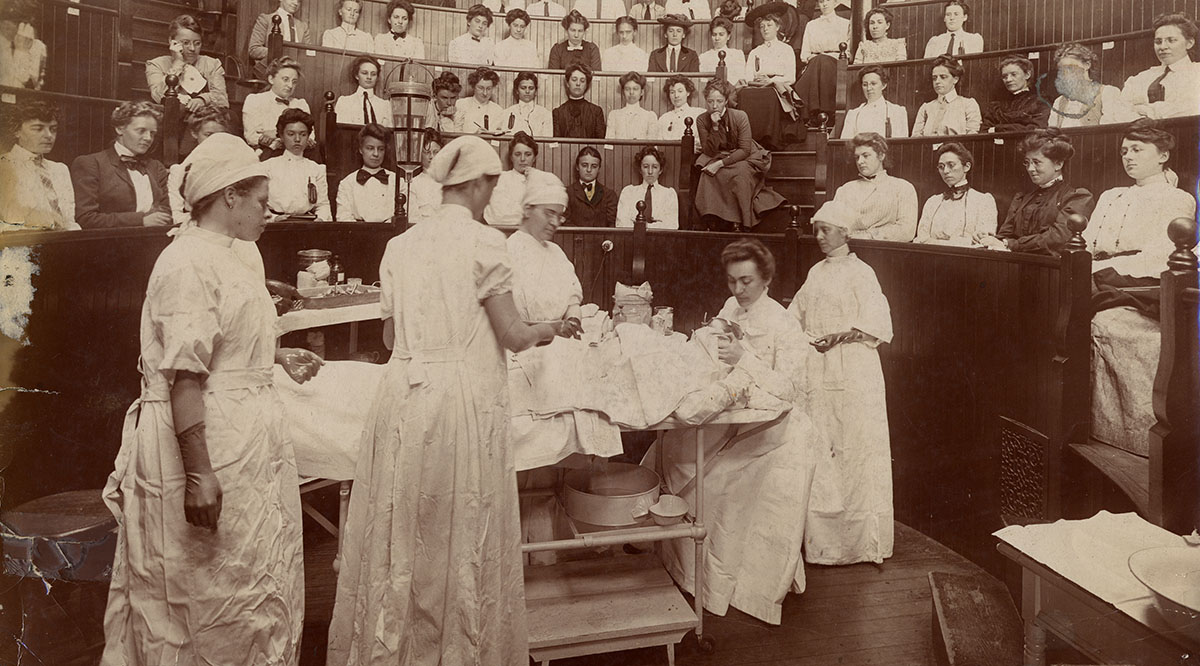
FAQ About Women in the History of Medicine
Women in the History of Medicine
2 years ago | gizem
What contributions did Rosalind Franklin make to understanding the structure of DNA?
Rosalind Franklin was a British biophysicist and chemist who made significant contributions to our understanding of the structure of DNA, although her work was often overshadowed during her lifetime. Her research and findings were critical to the discovery of the DNA double helix, a breakthrough that revolutionized the field of genetics. Here are her key contributions:
- X-ray Diffraction Studies: Rosalind Franklin was an expert in X-ray crystallography, a technique used to study the molecular structure of substances. She applied this technique to the study of DNA fibers, producing high-quality X-ray diffraction photographs.
- Photograph "Photo 51": Franklin's most famous contribution is the production of Photograph 51, a high-resolution X-ray diffraction image of DNA fibers. This photograph provided crucial evidence about the helical structure of DNA.
- Evidence of Helical Structure: Photo 51 revealed a clear X-shaped pattern, which indicated that DNA had a helical, or spiral, structure. This finding was instrumental in confirming the existence of the DNA double helix.
- Measurements of Helical Parameters: Franklin's measurements from her X-ray diffraction data allowed her to determine key parameters of the DNA helix, such as the distance between base pairs and the angle of the helix.
- Recognition of DNA's Role: Franklin's work, along with the research of Maurice Wilkins and James Watson, contributed to a growing understanding of DNA's role in genetics and heredity.
